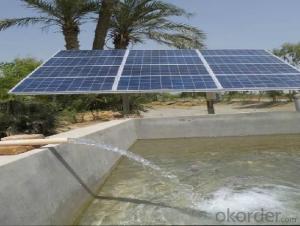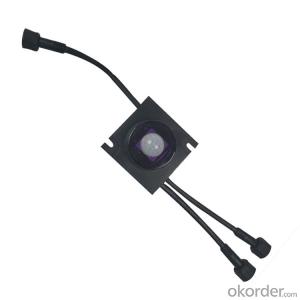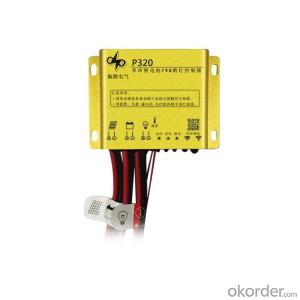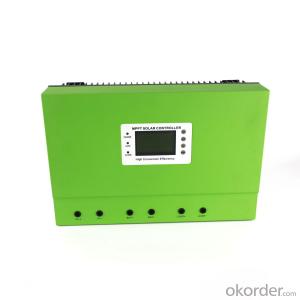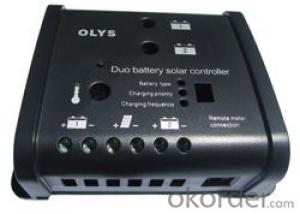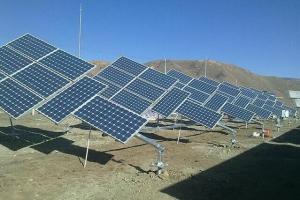Jfy Solar Pumping Inverter
Jfy Solar Pumping Inverter Related Searches
Quality Solar Inverter Construction Of Solar Inverter Use Of Solar Inverter Application Of Solar Inverter Solar Light Inverter Efficiency Of Solar Inverter Cost Of Solar Inverter Components Of Solar Inverter Uses Of Solar Inverter Benefits Of Solar InverterHot Searches
Type Of Inverter For Solar Types Of Inverter For Solar Used Solar Inverter For Sale Inverter Size For Solar System Solar Edge Inverter For Sale 5kw Solar Inverter For Sale Solar Inverter For Sale Solar Inverter For Battery Solar Inverter For Split Ac Solar Inverter For Laptop Solar Inverter For Fridge Inverter Solar System Price Type Of Inverter For Solar Solar Edge Inverter For Sale Solar Inverter For Sale Solar Inverter For Battery Solar Inverter For Laptop Solar Inverter For Fridge Solar With Inverter Price Solar Inverter With 2 BatteryJfy Solar Pumping Inverter Supplier & Manufacturer from China
Okorder.com is a professional Jfy Solar Pumping Inverter supplier & manufacturer, offers integrated one-stop services including real-time quoting and online cargo tracking. We are funded by CNBM Group, a Fortune 500 enterprise and the largest Jfy Solar Pumping Inverter firm in China.Hot Products
FAQ
- Yes, a solar controller can be used with a solar panel cleaning system. The solar controller helps regulate the voltage and current flow from the solar panels to the cleaning system, ensuring efficient and safe operation.
- Yes, a solar controller can be used with solar panel grounding systems. In fact, it is highly recommended to have a solar controller as part of the overall system. The primary function of a solar controller is to regulate the amount of charge going into the batteries from the solar panels, preventing overcharging and extending the battery life. When it comes to solar panel grounding systems, they are designed to provide a safe path for electrical current in the event of a fault or lightning strike. Grounding systems generally consist of grounding rods, conductors, and bonding connections to ensure that any excess electrical energy is safely dissipated into the earth. The solar controller itself is not directly involved in the grounding system, as its main purpose is to regulate the flow of electricity from the solar panels to the batteries. However, it is important to ensure that the solar panel arrays are properly grounded and bonded according to local electrical codes and standards. To sum up, a solar controller can be used in conjunction with solar panel grounding systems, as they serve different purposes within the overall solar power system. It is crucial to follow the appropriate guidelines and regulations to ensure the safe and efficient operation of the entire system.
- Yes, a solar controller can be used with solar-powered indoor food preservation systems. A solar controller helps regulate and optimize the charging and discharging of solar batteries. It ensures that the solar panels collect enough energy to power the food preservation system, while also protecting the batteries from overcharging or discharging. Therefore, a solar controller is essential in maintaining the efficiency and reliability of a solar-powered indoor food preservation system.
- A solar controller handles the protection against battery reverse polarity by incorporating a built-in diode or a solid-state switch. This device ensures that the current flows in the correct direction, preventing any damage to the battery caused by reverse polarity.
- The inclusion of indicators and displays in a solar controller is crucial for the monitoring and management of a solar power system. These features offer valuable insights into the functioning and status of both the solar controller and the overall solar energy system. The main objective of these indicators and displays is to provide real-time information regarding the charging and discharging of the batteries that are connected to the solar system. This information encompasses battery voltage, current, state of charge (SOC), and battery temperature. By keeping an eye on these indicators, users can evaluate the condition and performance of their batteries and take appropriate action if any issues arise. Moreover, these indicators and displays often present data on the output of the solar panels, including the current generated, the voltage produced, and the overall power generation. This allows users to monitor the efficiency and effectiveness of their solar panels and make adjustments as necessary. Furthermore, certain solar controllers come equipped with built-in data logging capabilities, enabling users to track historical data on energy production, battery performance, and other pertinent metrics. This data can be utilized for analysis, troubleshooting, and optimizing the performance of the solar power system. In addition, indicators and displays on a solar controller can issue alerts and notifications for various conditions, such as low battery voltage, overcharging, or overheating. These warnings help users identify potential problems and take prompt action to prevent any damage to the system or ensure its optimal performance. All in all, the indicators and displays on a solar controller function as a comprehensive monitoring and control system for solar power systems, providing crucial information on battery status, solar panel performance, and system health. Armed with this information, users can make well-informed decisions, maximize energy efficiency, and ensure the longevity of their solar power system.
- Yes, a solar controller can be used with solar-powered street lights. The solar controller helps regulate and manage the charging and discharging of the batteries in the street lights, ensuring optimal performance and efficient utilization of solar power.
- The size of the cable that can be used between the solar panels and the load depends on several factors, including the distance between the panels and the load, the cable's current carrying capacity, and the permissible voltage drop. In instances where the distance is shorter and the current requirements are lower, smaller cable sizes may suffice. Conversely, for longer distances or higher current loads, larger cable sizes are essential to minimize voltage drop and ensure efficient power transmission. To determine the maximum cable size that can be used, it is crucial to refer to the manufacturer's specifications and guidelines for both the solar panels and the load. Additionally, local electrical codes and regulations may offer further guidance on cable sizing requirements.
- Playing a crucial role in safeguarding solar panels from high voltage conditions, a solar controller, also known as a charge controller, acts as a regulator between the panels and the battery or power grid. Its primary function is to carefully control and maintain the voltage and current levels within safe limits. When faced with excessive sunlight or a fully charged battery, the solar controller swiftly detects the rise in voltage and implements necessary measures to prevent any potential damage. It utilizes various techniques to regulate the solar panels' output and shield them from harm. To begin with, the solar controller prevents battery overcharging, a function of utmost importance. Once the battery reaches its full charge, the solar controller automatically disconnects the panels, effectively halting the charging process. This preventive measure safeguards the battery from degradation and extends its lifespan. By disconnecting the panels during high voltage conditions, the solar controller ensures optimal operation without subjecting them to excessive strain. Furthermore, the solar controller incorporates pulse width modulation (PWM) or maximum power point tracking (MPPT) techniques to regulate the voltage and current output of the panels. PWM controllers intermittently interrupt the charging current to maintain a stable voltage level, eliminating voltage spikes that could potentially harm the panels. On the other hand, MPPT controllers continuously monitor the panels' output and adjust the voltage and current to maximize energy harvesting efficiency. This not only optimizes the panels' performance but also prevents any potential damage that may occur during high voltage conditions. In conclusion, a solar controller safeguards solar panels from damage during high voltage conditions by disconnecting them from the battery to prevent overcharging and utilizing techniques like PWM or MPPT to regulate the voltage and current levels. These measures guarantee the panels' safe operation, ensuring maximum performance and an extended lifespan.


















